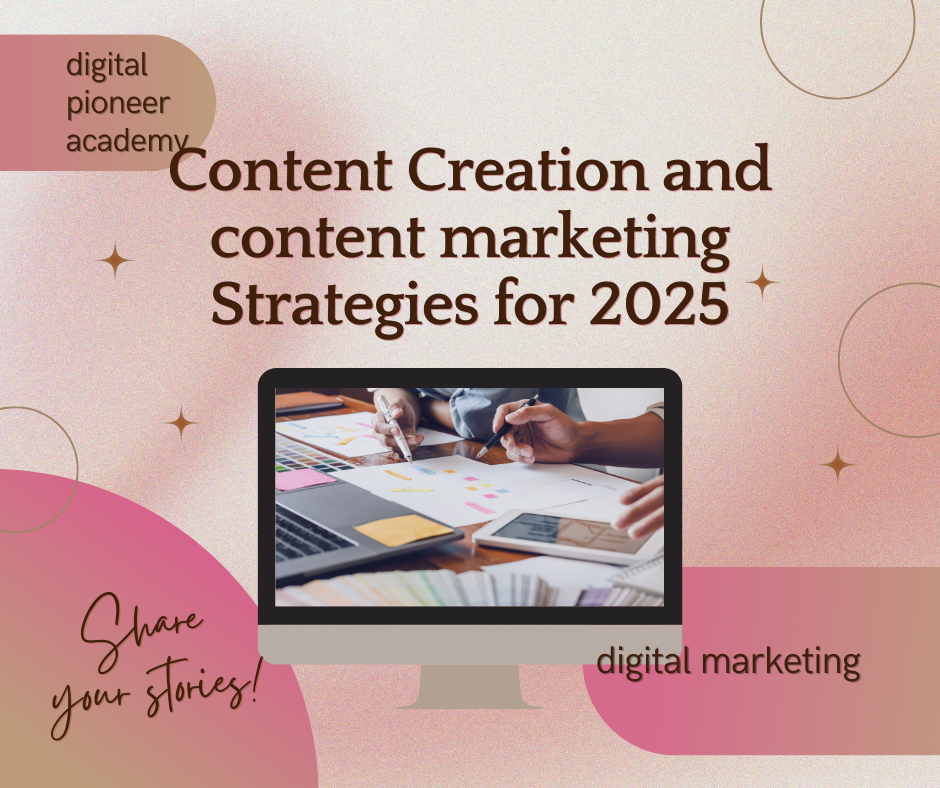Understanding Content Marketing
Content marketing is a strategic approach centered on creating and distributing valuable, relevant, and consistent content aimed at attracting and retaining a clearly defined audience. This marketing discipline is essential in today’s business landscape as it allows companies to build relationships, establish authority, and foster community through engaging narratives. By implementing effective content marketing strategies, businesses can enhance brand awareness, facilitate customer engagement, and generate leads, all of which are pivotal for sustainable growth.
One of the primary objectives of content marketing is to raise brand awareness. By disseminating high-quality content that resonates with target audiences, businesses can ensure that their brand becomes top-of-mind when consumers are considering products or services within their industry. Additionally, content marketing fosters customer engagement by encouraging interaction through comments, shares, and likes across various platforms. This engagement not only cultivates loyalty but also provides valuable insights into consumer preferences.
Lead generation is another critical goal of content marketing. By offering informative content, such as ebooks or webinars in exchange for contact information, businesses can develop a pipeline of potential customers who have already expressed interest in their offerings. This method creates a more targeted approach, enabling companies to tailor their marketing efforts according to the needs and interests of their audience. Digital marketing course
Various types of content are utilized in these strategies, including blogs, videos, infographics, podcasts, and social media posts. Each format serves a unique purpose and caters to differing preferences among audience members. For instance, blogs allow for in-depth discussions, while videos deliver quick, engaging messages that can effectively capture attention. Infographics simplify data presentation, making complex information easily digestible. By diversifying content types, businesses can effectively convey their messages, educating and engaging their target audiences.
Developing a Content Creation Strategy
Developing a robust content creation strategy is essential for any business aiming to achieve its marketing goals. The first step in this process is identifying target audiences. Understanding who your audience is will guide you in crafting content that speaks directly to their needs and preferences. Create detailed buyer personas by gathering demographic data, behavior patterns, and pain points to ensure your content resonates with your intended readership.
Once you have a clear understanding of your audience, the next step involves conducting market research. This research equips you with valuable insights into industry trends, competitor strategies, and customer demands. Leveraging tools such as surveys, social media analytics, and keyword research can provide a thorough landscape of what content formats and topics are most effective within your niche. content marketing strategies
Setting SMART goals is integral to your content strategy. Goals should be Specific, Measurable, Achievable, Relevant, and Time-bound, allowing you to track performance accurately. Rather than vague objectives, aim for clear metrics, such as increasing website traffic by 20% within six months or generating 100 leads by the end of the quarter. These targeted objectives keep your strategy focused and actionable.
Creating a content calendar is another vital step. This tool not only helps organize the production process but also ensures a steady flow of content that aligns with your strategic goals and audience interests. A well-planned calendar considers key dates, audience engagement patterns, and variation in content types, ensuring a balanced and effective approach. Furthermore, the alignment of content with the buyer’s journey is critical; crafting content that meets your audience’s needs at each stage encourages conversions.
Best Practices for Content Distribution
Effective content distribution is critical for maximizing reach and engagement, ensuring that high-quality content effectively reaches the target audience. Several channels and platforms can be harnessed to achieve this objective. Social media platforms, such as Facebook, Twitter, LinkedIn, and Instagram, are powerful tools for sharing content, as they provide an opportunity for immediate engagement and interaction with users. Crafting tailored messages that resonate with each platform’s audience can enhance visibility and engagement rates, thereby improving overall content performance.
Email marketing remains another significant channel for content distribution. A well-segmented email list allows businesses to deliver personalized content directly to users, fostering a sense of connection and encouraging interaction. Regular newsletters, promotional content, and updates can effectively engage subscribers and re-engage older customers, keeping the audience informed and interested in the brand’s offerings.
Search engine optimization (SEO) is integral to ensuring that content is discoverable. By optimizing content with relevant keywords, businesses can improve their visibility in search engine results and attract organic traffic. Regularly updating and repurposing existing content can also enhance SEO rankings, making older content relevant once more. Content repurposing, such as transforming blog posts into infographics, podcasts, or videos, can broaden distribution efforts and make the content suitable for various audience preferences.
Evaluating the Impact of Content Marketing
Assessing the effectiveness of content marketing is crucial for businesses aiming to refine their strategies and maximize return on investment. Key Performance Indicators (KPIs) serve as vital metrics to measure the impact of content efforts objectively. Among these, website traffic emerges as a primary indicator. By analyzing traffic sources—whether organic, paid, or social—businesses can gain insights into which content resonates most effectively with their target audience. Moreover, tracking unique visitors versus returning visitors can indicate brand loyalty and content relevance. Course
Conversion rates represent another essential KPI. A well-crafted piece of content should not only attract visitors but also prompt them to take desired actions, such as signing up for a newsletter, downloading resources, or making a purchase. Utilizing tools like Google Analytics allows businesses to track these conversions, providing clarity on the content pieces that lead to tangible results. Furthermore, calculating the conversion rates against the amount of traffic directed to a sales funnel provides a comprehensive picture of content performance. ChatGPT



